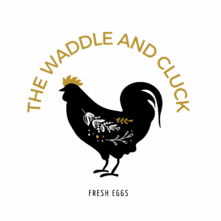We have many of the dominant tallgrass prairie grasses in Tulsa county, including big bluestem, little bluestem, broomsedge bluestem, Indiangrass, switchgrass, silver bluestem, and splitbeard bluestem. Fall is a good time to identify them because of their mature seedheads.
Big bluestem is a tall grass, growing to 7 feet. The seedhead looks like a bird’s foot and a common name for it is “turkey-foot” grass. It is quality food for livestock and the seeds are consumed by birds and small mammals.

Little bluestem is a mid-tall grass (2-4 feet) and grows in bunches. The mature seedheads tend to bend back on themselves. Widely distributed in America, it is native to all but four western states. It provides excellent forage for livestock and the seeds are an important food for prairie chickens and quail.

Broomsedge bluestem is another mid-tall (2-4 feet) bunchgrass. Despite the name, it is not a true sedge, but a grass. It can be confused with little bluestem, which it may resemble. However, its downy, fuzzy seedheads point straight up rather than being bent over as in little bluestem. It tends to grow in poor soils and is of little forage value. The straw has been used to make brooms, hence the name.

Silver bluestem and splitbeard bluestem are less common. The seedheads of both add a little white to an otherwise drab meadow in the dead of winter. The downy, fuzzy seedheads of silver bluestem point straight up and could easily be mistaken for those of broomsedge bluestem. An easy way to tell them apart is that broomsedge has leaves next to the seedheads, silver does not.

The seedhead of splitbeard bluestem is “V”-shaped and, as the name implies, looks like a split beard. We have only two plants of splitbeard bluestem on the property and they faithfully grow each year.

Indiangrass is tall (3-7 feet), has a feathery seedhead and is the Oklahoma State Grass, designated so in 1972. It is important forage for livestock and the seeds are eaten by wildlife.

On a nice sunny afternoon this winter, if you are able, why not take a walk in a meadow and try to identify some of our unique tallgrass prairie grasses. Late afternoon is best, when the sun’s slanted rays make the seedheads stand out.








